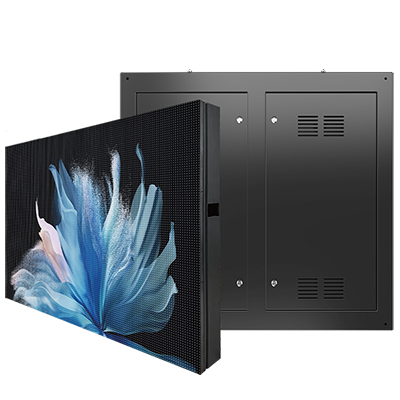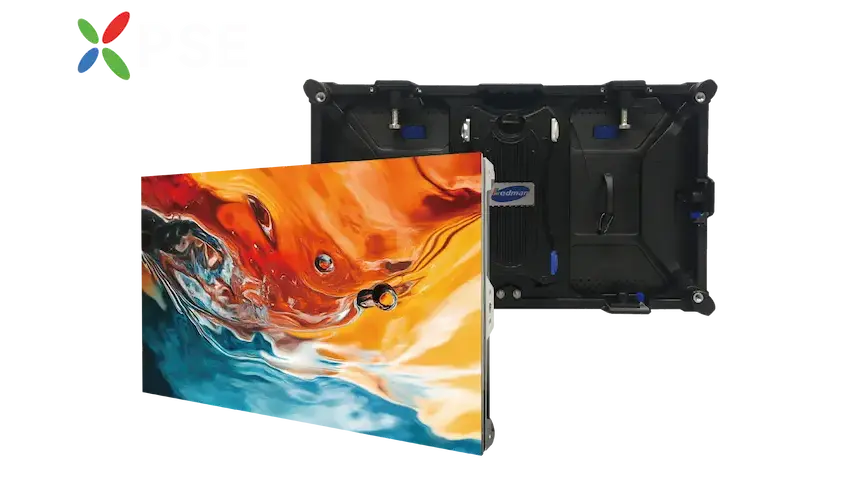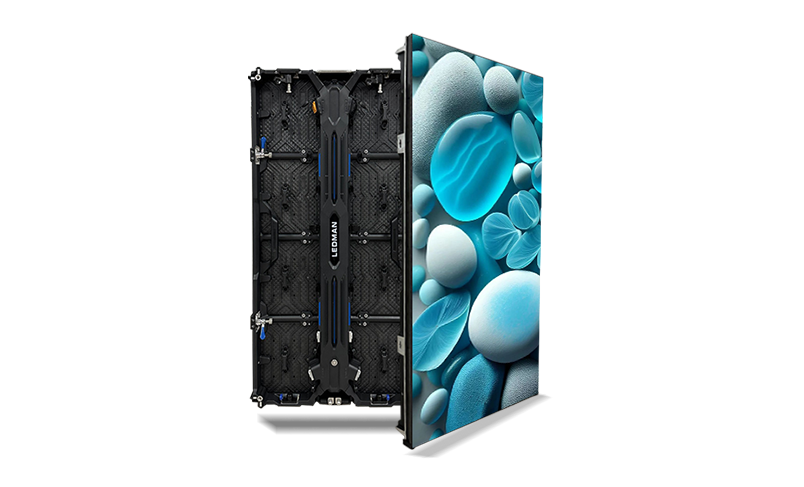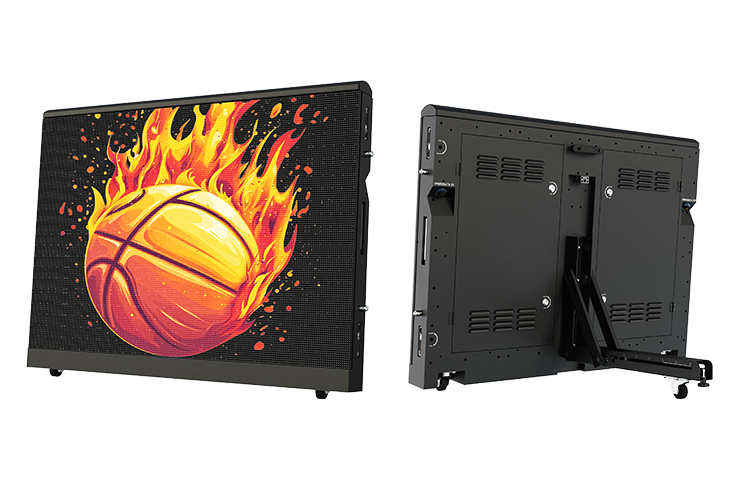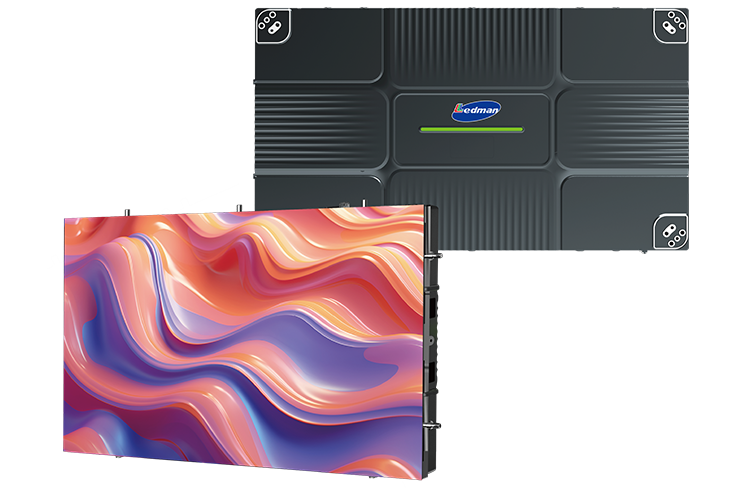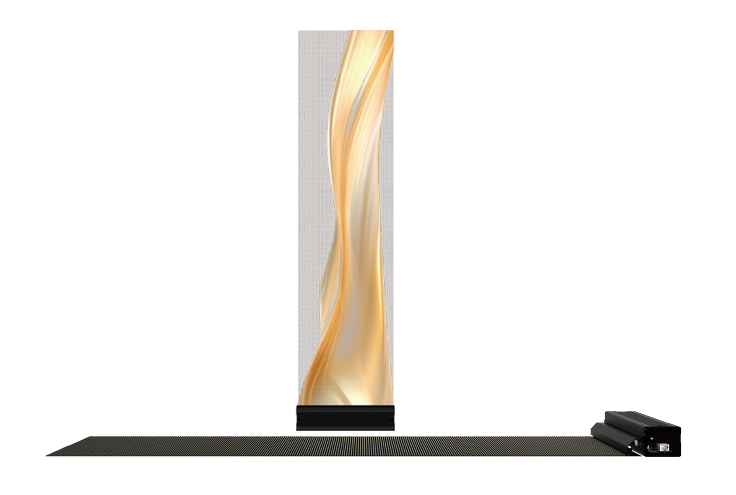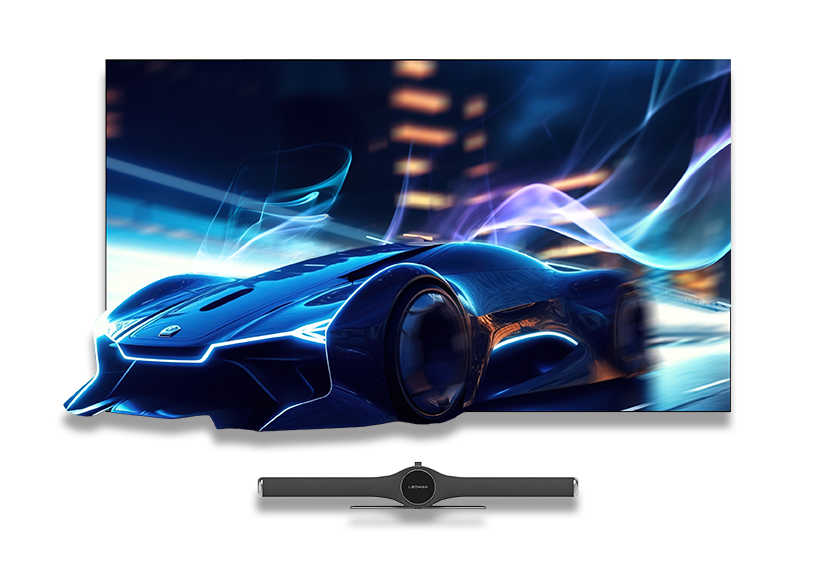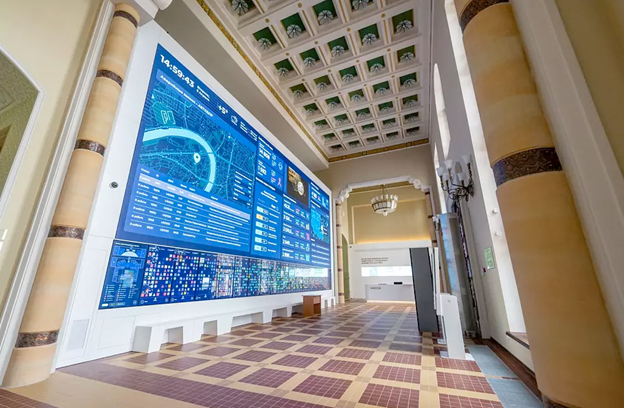In an era where energy efficiency is becoming increasingly critical, LED displays have emerged as a leading technology in reducing power consumption across various applications. LED displays, known for their vibrant visuals and longevity, are also celebrated for their energy-saving capabilities. This article delves into the technical aspects that make LED displays, particularly LEDMAN’s DS and YS series, exemplary in energy efficiency.
Technology Overview of DS/YS LED Displays
The DS and YS series from LEDMAN are at the forefront of LED display technology. These series are designed with advanced features that not only enhance visual performance but also significantly reduce energy consumption. Key specifications include high brightness levels, superior color accuracy, and robust durability. Central to their design is the focus on minimizing power usage while maintaining top-notch display quality. The integration of energy-saving technologies ensures that these displays provide outstanding performance without compromising on efficiency.
Core Technologies
The DS and YS series energy-saving screens incorporate a range of advanced core technologies that significantly enhance energy efficiency and overall performance.
▸ Flip-Chip COB
Flip-Chip Chip on Board (COB) technology represents a significant advancement in LED display technology. Traditional LED packaging methods often involve wire bonding, which can create issues with electrical resistance and heat dissipation. In contrast, Flip-Chip COB technology involves directly mounting LED chips onto the circuit board. This direct attachment method eliminates the need for wire bonds, which not only reduces electrical resistance but also enhances thermal management.
By improving thermal management, Flip-Chip COB technology ensures that the LED chips operate at lower temperatures. Lower operational temperatures reduce the power consumption required to maintain the display’s brightness and extend the lifespan of the LEDs. This technology also allows for higher packing densities of LED chips, which contributes to brighter displays with more vivid colors, all while maintaining energy efficiency.
▸ PSE Technology
PSE technology(Global Exclusive Patents by LEDMAN) is a key innovation in the DS and YS series that directly contributes to their energy efficiency. PSE technology allows multiple pixels to share a single light-emitting diode. This sharing mechanism optimizes the light output and reduces the overall power consumption.
In traditional displays, each pixel typically requires its own dedicated LED, which can lead to higher energy consumption, especially at higher brightness levels. PSE technology mitigates this by enabling shared usage of LEDs among pixels. This reduces the number of LEDs needed, thereby decreasing power consumption without compromising brightness or image quality. The result is a highly efficient display that can achieve high brightness levels with lower energy input, enhancing both the visual performance and energy efficiency of the display.
▸ RGBG Arrangement and PSE Algorithms Integration
The RGBG (Red-Green-Blue-Green) arrangement is a sophisticated method used in LEDMAN displays to enhance color accuracy and brightness. Traditional RGB (Red-Green-Blue) configurations can sometimes struggle with color accuracy and brightness consistency. By adding an extra green sub-pixel, the RGBG arrangement improves color rendering and overall brightness.
This advanced arrangement is further optimized by integrating Pixel Sharing Engines (PSE) algorithms. These algorithms ensure efficient power distribution among the pixels, which reduces unnecessary energy expenditure. The combination of RGBG arrangement and PSE algorithms results in displays that offer vibrant colors and high brightness while consuming minimal power.
The PSE algorithms dynamically adjust the power supplied to each pixel based on the content being displayed. This means that darker scenes use less power, while bright scenes receive the necessary power to maintain visual quality. This intelligent power management not only enhances energy efficiency but also ensures consistent display performance across different types of content.
Energy Efficiency and Sustainability
LEDMAN’s DS and YS series exemplify our commitment to energy efficiency and environmental sustainability, offering significant power savings and a reduced ecological footprint.
1. Analysis of Energy Consumption Metrics
Energy consumption metrics reveal that the DS and YS series consume significantly less power compared to traditional display technologies. The advanced technologies integrated into these displays allow for lower voltage operation and reduced LED power consumption. Studies and real-world applications demonstrate that LEDMAN’s displays can achieve energy savings of up to 30% compared to conventional LCD and other LED displays.
2. Environmental Impact and Sustainability Efforts
LEDMAN is committed to sustainability, and this is reflected in the design and manufacturing of their LED displays. The energy-efficient operation of the DS and YS series translates to a lower carbon footprint. Furthermore, LEDMAN adheres to stringent environmental standards, ensuring that their products are compliant with certifications such as Energy Star. The lifecycle assessment of these displays shows that they not only consume less energy during operation but also have a reduced environmental impact over their entire lifespan.
Design and Manufacturing
LEDMAN’s DS and YS series are meticulously designed and manufactured using cutting-edge technologies and materials, ensuring both superior performance and exceptional energy efficiency.
▸ Adheres to Ledman’s Molding Technology
The DS and YS series benefit from LEDMAN’s proprietary molding technology. This advanced manufacturing process enhances the durability and performance of the displays. The molding technology ensures that the LED chips are securely encapsulated, providing superior protection against environmental factors and enhancing the overall energy efficiency.
▸ Exceptional Protection Capabilities
LEDMAN’s displays are designed to withstand harsh conditions. They offer resistance to organic solvents, moisture, and flames. These protective features are crucial in maintaining the efficiency and longevity of the displays. The robust design minimizes the need for frequent replacements or repairs, contributing to long-term energy savings.
▸ Superior Resistance to Attenuation
The DS and YS series are engineered for superior resistance to attenuation, meaning they maintain their brightness and performance over time. This is critical in reducing energy consumption as the display does not require additional power to maintain its visual output as it ages. The high resistance to attenuation ensures consistent performance and energy efficiency throughout the display’s lifecycle.
▸ Adaptability to Diverse Operating Environments
The adaptability of LEDMAN’s displays to various environments is another key feature. The DS and YS series are waterproof, anti-collision, anti-static, dustproof, and flame-retardant. These attributes make them suitable for a wide range of applications, from outdoor advertising to indoor displays in high-traffic areas. The ability to operate efficiently in diverse conditions further underscores their energy-saving capabilities.
Conclusion
In summary, LEDMAN’s DS series and YS series exemplify the convergence of advanced technology and energy efficiency in LED displays. From core technologies like Flip-Chip COB and Pixel Sharing Engines to robust design and manufacturing practices, these displays are engineered to deliver superior performance with minimal energy consumption. As the demand for sustainable solutions continues to grow, LEDMAN’s commitment to innovation and quality ensures that their displays remain at the forefront of energy-efficient technology.







